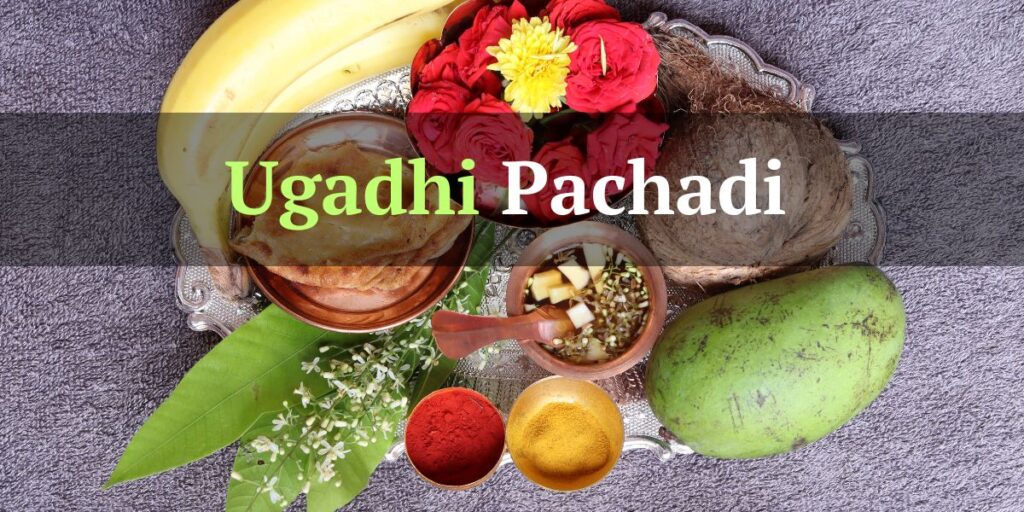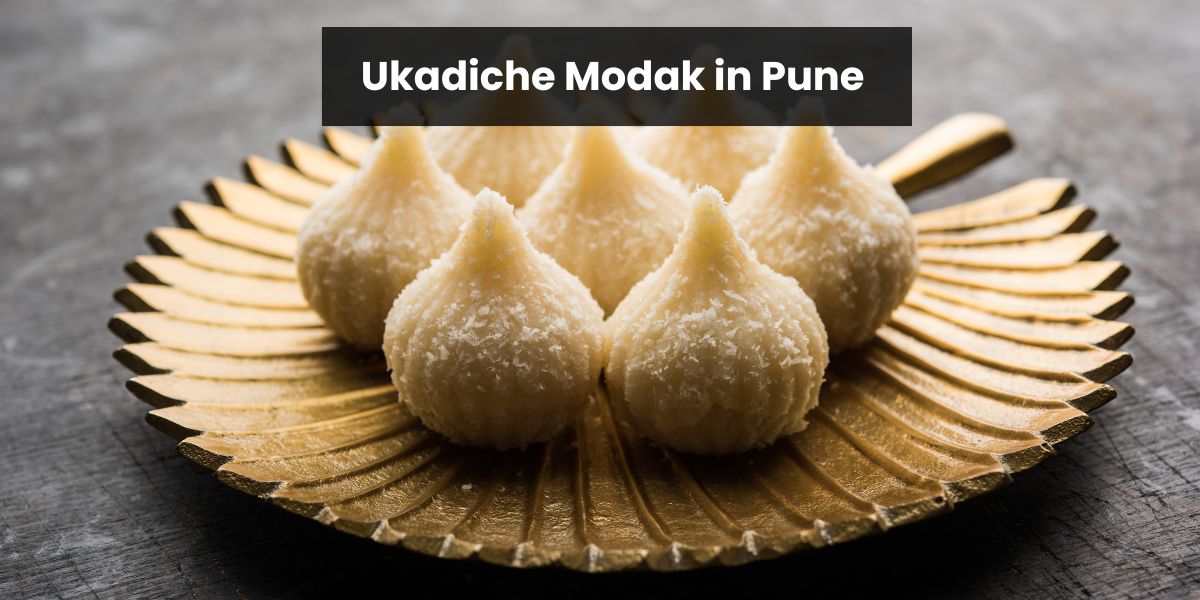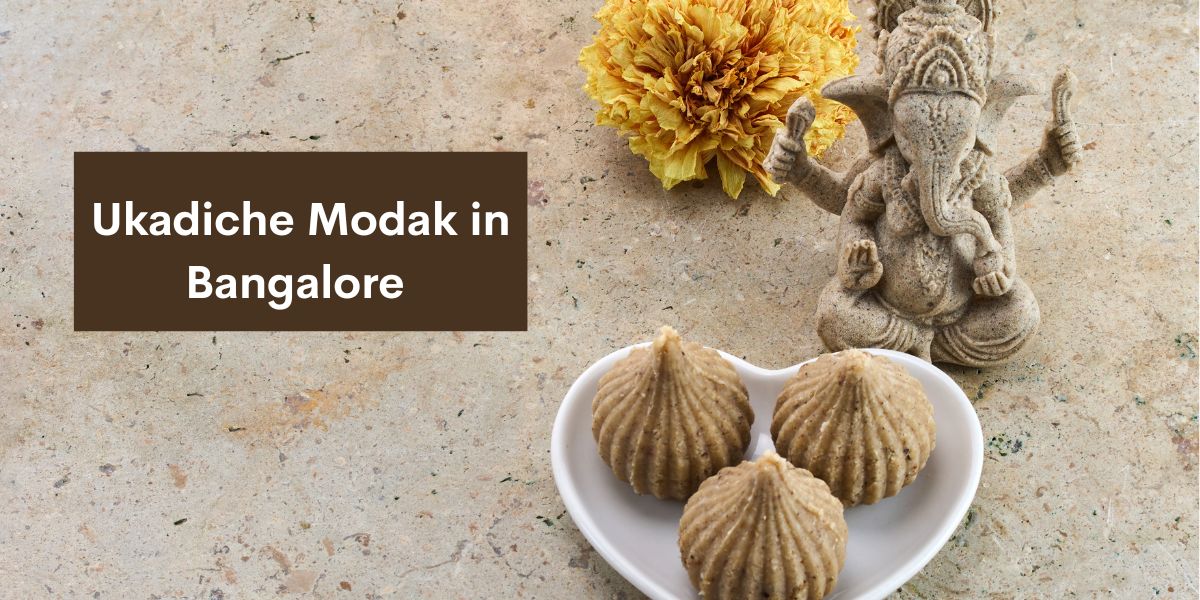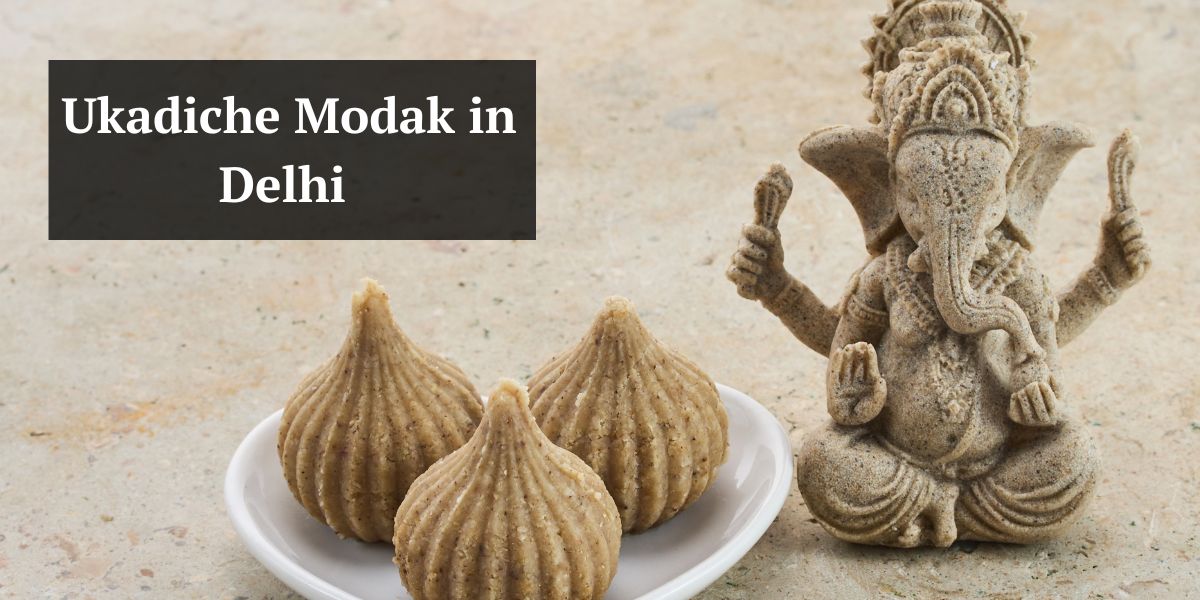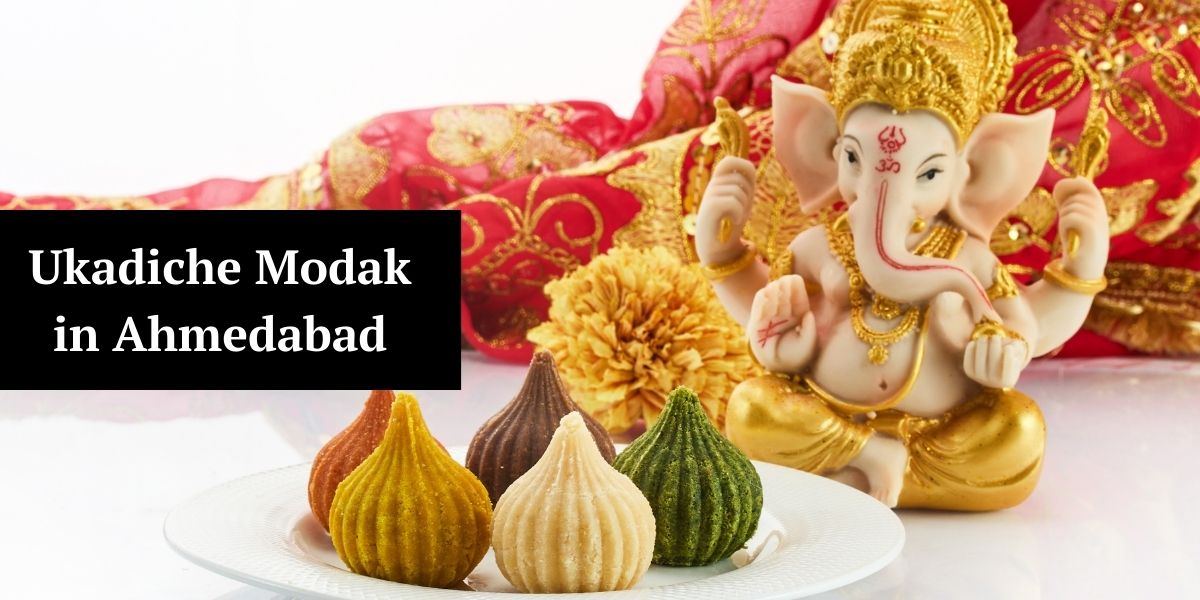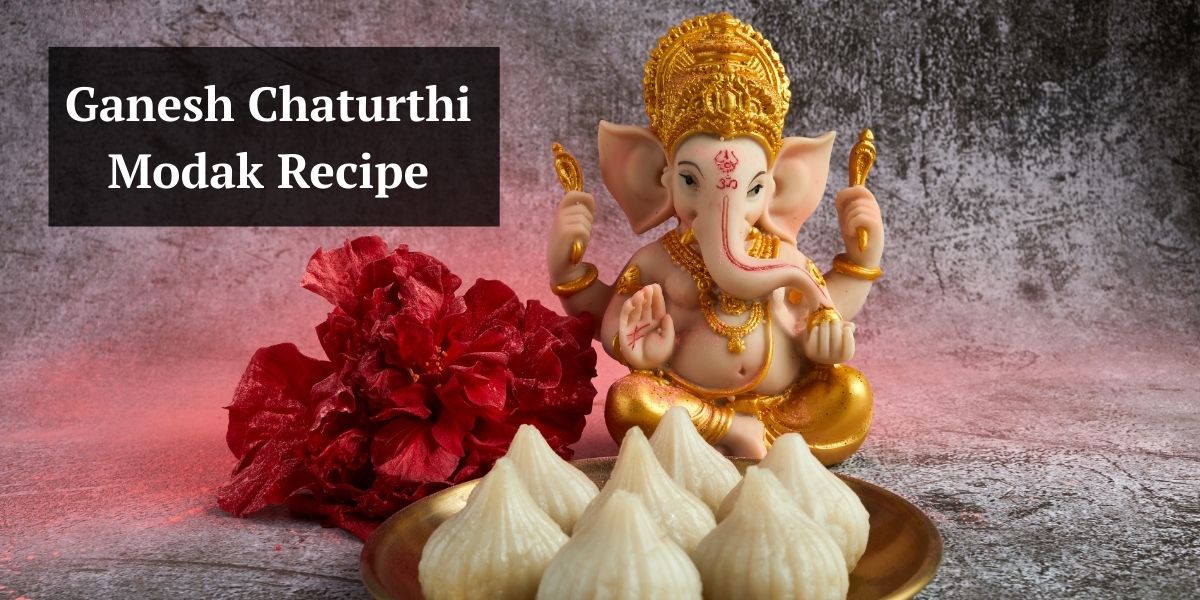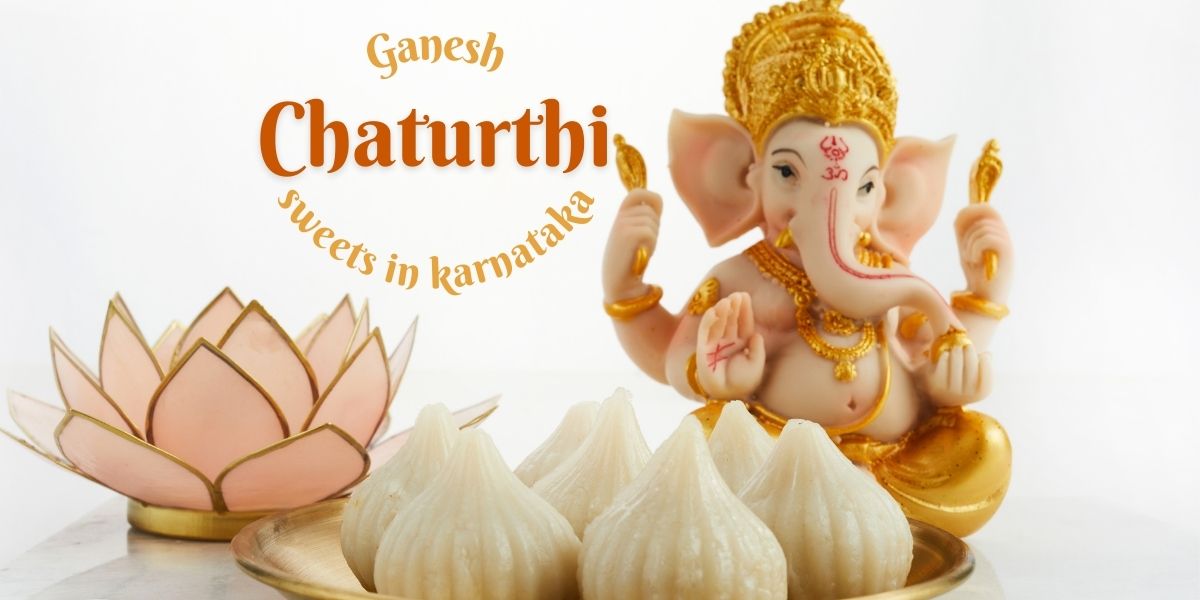Ugadi, the Hindu New Year, embodies the spirit of renewal and hope. At the epicenter of this celebration is an exquisite dish: Ugadi Pachadi. This is not merely a combination of ingredients; it’s a really strong philosophical statement or culinary metaphor for the various experiences life offers. Ugadi Pachadi festively embodies the spirit of the occasion, accepting the good with the bad, representing the understanding that life is the weaving of joy and sorrow. It is this very fact that transcends the theory into practice; it transcends taste to become a rite, a tradition, and a reminder of the cyclical nature of time. This blog will take a peek into the heart of Ugadi Pachadi with a discussion of the essential ingredients, a step-by-step recipe, and the significance of each of its six tastes.
Ugadi Pachadi Ingredients
Ugadi Pachadi is a harmony of tastes, with each ingredient specifically selected to portray a feeling or experience. The proportion of ingredients should be maintained carefully, for it indicates the balance that must be in life. Let us see in detail about the main ingredients:
Raw Mango (Mavinakayi/Kairi)
-
- Meaning: Symbolizes the surprises and turns that life takes in our direction.
- Description: Take a firm, green, and sour raw mango. Grate or chop it finely to distribute its pungent taste evenly.
- Quantity: About 1/2 cup grated or chopped raw mango.
- Preparation: Clean the mango properly and remove the skin if preferred. Grate or chop it into small pieces of uniform size.
Neem Flowers (Bevu Hoovu)
-
- Description: Take fresh neem flowers, which are bitter in taste. They can be found mostly during spring season.
- Quantity: About 1-2 tablespoons of fresh neem flowers.
- Preparation: Gently wash the neem flowers to eliminate any impurities.
Tamarind Pulp (Chintapandu)
-
- Significance: Symbolizes the sour and unpleasant experiences that challenge our strength.
- Description: Employ thick tamarind pulp from ripe tamarind.
- Quantity: About 2-3 tablespoons of thick tamarind pulp.
- Preparation: Soak tamarind in hot water for 15-20 minutes, then extract the thick pulp.
Related – Ugadi Festival Special Food in Karnataka
Jaggery (Bella)
-
- Significance: Symbolizes the sweet experiences of joy and happiness.
- Description: Good quality jaggery should be used as the main ingredient for its rich caramel sweetness. Use the jaggery to prepare small pieces or to divide it into small chunks to help it dissolve without any trouble.
- Quantity: The required amount is approximately half a cup of jaggery when it is prepared as chopped or grated pieces.
- Preparation: You should cut jaggery into small pieces during preparation.
Green Chilies (Hasiru Menasinakayi)
-
- Significance: Symbolizes the hot feelings of anger and frustration.
- Description: Take fresh green chilies, finely chopped or crushed.
- Quantity: 1-2 green chilies, based on your level of spiciness.
- Preparation: Wash and chop the green chilies finely.
Salt (Uppu)
-
- Significance: Symbolizes the harsh realities of life and the importance of balance.
- Description: Take plain table salt or rock salt.
- Quantity: A pinch or two, according to your taste preference.
- Preparation: Add salt as per your taste preference.
Banana (Balehannu) (Optional)
-
- Significance: Contributes a smooth, sweet texture and symbolizes the gentle, soothing parts of life.
- Description: Take a ripe banana, chopped finely.
- Quantity: 1/2 of a ripe banana, chopped.
- Preparation: Peel and chop the banana finely.
Roasted Gram Dal (Huri Kadale) (Optional)
-
- Significance: Contributes a crunchy texture and symbolizes the strength and resilience to battle life’s adversities.
- Description: Take roasted gram dal with a nutty taste and crunchy texture.
- Quantity: 1-2 tablespoons.
- Preparation: Use as is or crush lightly.
Coconut (Thenginakayi) (Optional)
-
- Significance: Imparts a creamy texture and symbolizes the protective and comforting nature of life.
- Description: Freshly grated coconut.
- Quantity: 1-2 tablespoons.
- Preparation: Grate fresh coconut.
Water
-
- Significance: The foundation and is responsible for combining all the flavours.
- Description: Clean, filtered water.
- Quantity: As needed, to the desired consistency.
- Preparation: At room temperature.
These ingredients, once mixed in equal proportions, result in a cohesive mixture of tastes that represents the varied experiences of life. Preparing each of these ingredients separately is also critical, as this makes the pachadi both tasty and truly representative of the spirit of the festival.
Ugadi Pachadi Recipe
Preparing Ugadi Pachadi is a ceremony in itself, something that needs patience and a keen eye for detail. Here’s a step-by-step recipe for making this symbolic food:
Step 1: Prepare the Tamarind Pulp
- Keep the tamarind soaked in warm water for 15-20 minutes.
- After softening, press the tamarind pulp through a sieve, letting the thick, concentrated juice out. Dispose of the fibers and seeds.
- Keep the tamarind pulp aside.
Step 2: Prepare the Jaggery Syrup
- Take a small saucepan, and put grated or chopped jaggery into it along with a small quantity of water.
- Place the pan on medium heat, and stirring it all the time, get the jaggery dissolved thoroughly.
- After dissolution, filter the jaggery syrup to discard any impurities.
- Keep the jaggery syrup ready.
Step 3: Combine the Ingredients
- Put the prepared tamarind pulp and jaggery syrup together in a big mixing bowl.
- Mix thoroughly until everything is nicely mixed.
- Add the raw mango grated, chopped green chilies, and salt.
- Stir well to make sure everything is mixed nicely.
- Add the chopped banana, coconut, and roasted gram dal if using them.
- Stir gently.
Step 4: Add the Neem Flowers
- Just prior to serving, toss in the neem flowers into the mixture.
- Budge slightly such that the flowers are distributed equally.
- Do not add neem flowers at the beginning, they are going to become too bitter.
Step 5: Adjust Consistency
- For a slightly runny as in thin soup pachadi, some water should be added to thin the pachadi, if at all it is too thick.
Step 6: Taste and Adjust
- Taste the pachadi and adjust the flavor as per your choice.
- If too sour, add some more jaggery. If too sweet, add a pinch of tamarind pulp or salt.
- The taste must be a balance of all six tastes.
Step 7: Serve Fresh
- Ugadi Pachadi should be served fresh.
- Present it to the gods as part of the Ugadi pooja before serving it to relatives and guests.
- It is customary to take the pachadi early in the morning.
Check Out – Ugadi Lunch in Bangalore
Tips for Perfect Ugadi Pachadi
- Employ fresh, quality ingredients for a better taste.
- Adjust the proportions of each ingredient according to your taste preferences.
- Include the neem flowers near the time of serving to retain their subtle flavor.
- Keep the jaggery syrup impurity-free by straining it.
- Serve the pachadi at room temperature or slightly refrigerated.
Ugadi Pachadi 6 Tastes
Ugadi Pachadi is a dish, but it’s also a philosophy, a declaration of philosophy, really, that life is a blend of various experiences. All six tastes represent a certain feeling or aspect of life:
Sweet (Bella)
- Symbolizes happiness, joy, and the good things that life provides.
- It marks the sweetness of success and the realization of what one wishes.
Sour (Chintapandu)
- This stands for the sour and unpleasant moments, those occasions that put our strength to test.
- Life is not always a bed of roses; sometimes, we must learn to fight and contend with the worst obstacles put up along our way.
Bitter (Bevu)
- This means nothing but the bitter side of life: pain, sadness, and disappointments which come about sooner than later.
- Acceptance and learning are vital: That is what truly matters.
Pungent (Hasiru Menasinakayi)
- It means anger, frustration, and the intensity of an experience.
- It signifies how we need to learn to handle our emotions and control our responses.
Salty (Uppu)
- Symbolizes the realities of life, the ills and adversity that we cannot escape.
- Denotes the requirement of balance and the acceptance of both the auspicious and inauspicious.
Astringent (Raw Mango/Banana)
- Symbolizes new difficulties.
- Also symbolizes the unity of all the other tastes.
The eating of Ugadi Pachadi is an allegorical action, reminding us to accept life in all its phases with equanimity. It reminds us to accept the pleasant and unpleasant experiences, knowing that they are all a part of the process. By eating the pachadi, we recognize that life is cyclical and that we are ready to accept whatever the New Year has in store.
Conclusion
Ugadi Pachadi is not just a recipe; it’s a cultural gem, a hope, and a representation of the harmony of life. Through its ingredients, learning its preparation, and knowing its philosophical meaning, we can experience Ugadi’s essence and usher in the New Year with balance and acceptance. May this Ugadi greet you with a harmonious mixture of all the flavors of life.
Absolutely! Here are 7 FAQs for Ugadi Pachadi in brief, easy-to-understand answers:
FAQs – Ugadi Pachadi
Q1. What is Ugadi Pachadi?
Ans:- A classic dish prepared during Ugadi (Hindus’ New year) to depict the six flavors in life.
Q2. Which six tastes would Ugadi Pachadi symbolize?
Ans:- Sweet, sour, bitter, pungent, salty, and astringent.
Q3. Which ingredients form the basic of Ugadi Pachadi?
Ans:- Raw mango, neem flowers, tamarind pulp, jaggery, green chilies, and salt.
Q4. Why neem flower is used in Ugadi Pachadi?
Ans:- It denotes the bitter experiences and challenges that lie in the course of living.
Q5. When is Ugadi Pachadi traditionally eaten?
Ans:- First thing in the morning on Ugadi, after offering it to the deities.
Q6. Can I adjust the ingredients in Ugadi Pachadi to my taste?
Ans:- Yes, you can adjust the quantities of ingredients to balance the flavors according to your preference.
Q7. What does Ugadi Pachadi symbolize?
Ans:- It symbolizes the acceptance of all experiences in life, both good and bad.

